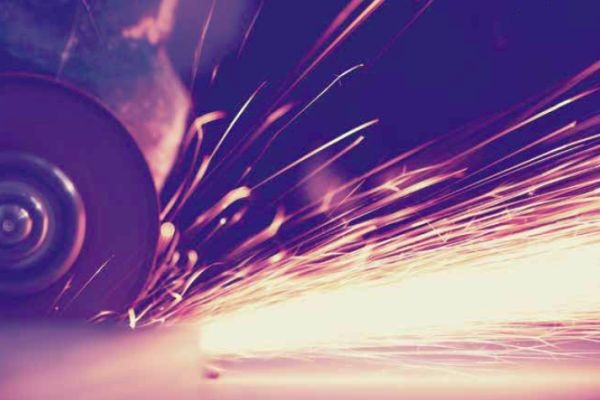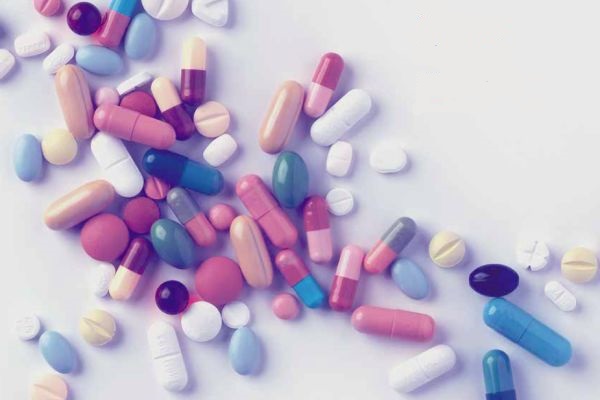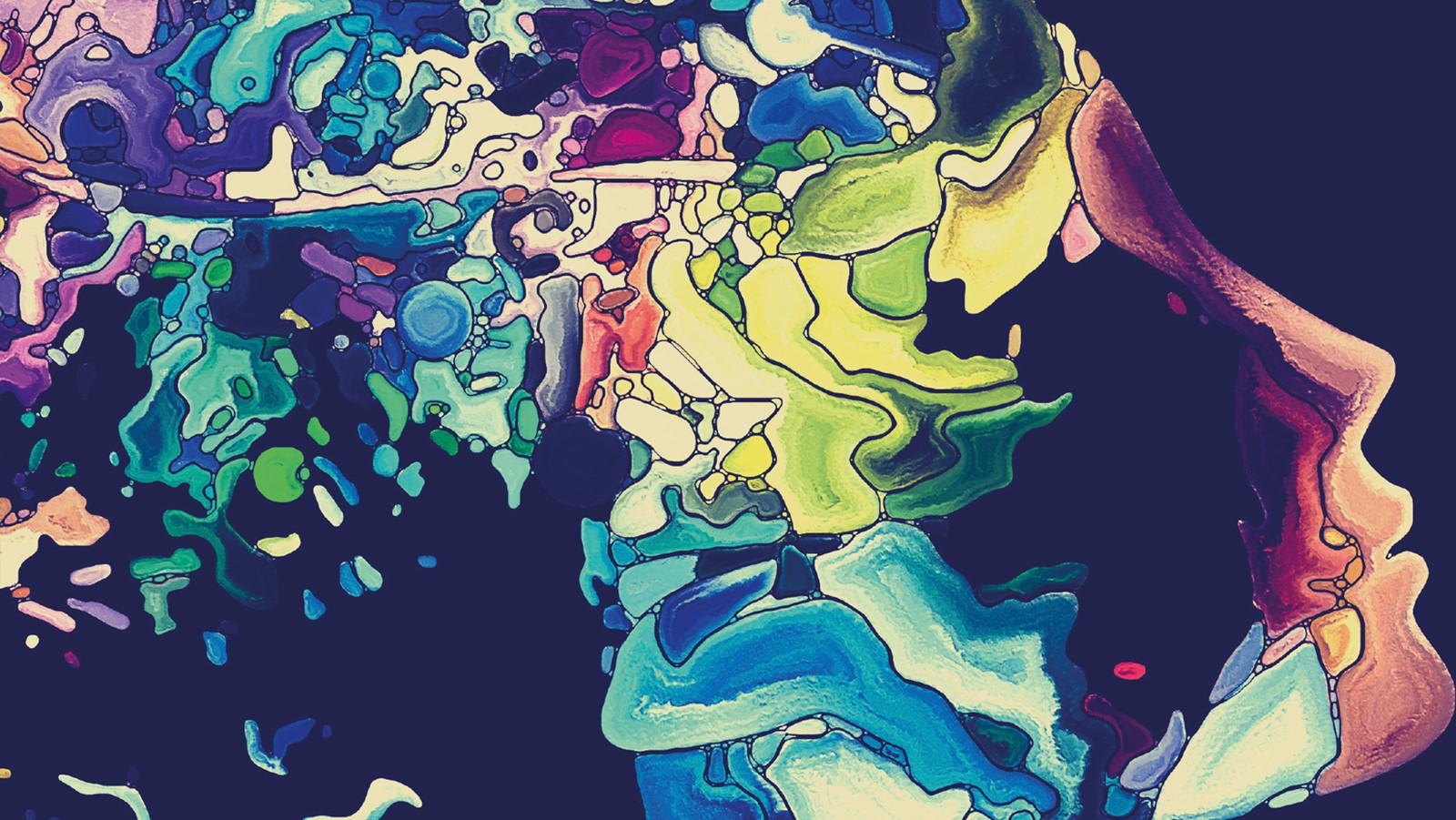Adolescence and brain maturation
‘What could they be thinking?’ It’s a familiar catchcry of bewildered adults trying to understand the actions of teenagers. Interestingly, many of those same adults often conveniently forget their own dalliances into questionable activities during their teenage years. But what is it that makes a seemingly normal teen, clear about the reasons for never drinking and driving, end up in a drunken crash? That type of action may be at the extreme end of a continuum of misguided behaviour, but there is a long list of things that teenagers do that confounds adults and children alike, and the answer to this generational riddle may be found in the adolescent brain.
An understanding of the developing adolescent brain is an important consideration for anyone who parents, educates, coaches, guides or counsels individuals who are in the developmental midst of a changing neural mass. Such understanding begins with noting that changes to the brain can begin before the teenage years. Moreover, while the brain does not fully mature until into the 20s, there is a great deal of maturation that occurs prior to a 21st birthday. To simplify things, therefore, this article will use the term ‘adolescent brain’ and acknowledges that the most significant changes take place between the ages of 12 and 19 and lead to a wide range of behavioural changes and associated actions, reactions and inactions.
With a timeline in place, let’s begin by acknowledging that the adolescent brain undergoes a massive remodelling of its basic structure, in areas that affect everything from logic and language to impulses and intuition.1 For example, myelin, the white fatty material that wraps around the axons of neurons, increases about 100 per cent during adolescence, thereby increasing the brain’s white matter and making it more efficient as it matures. Concurrently, it is during this time that the brain also travels down a pathway of deconstruction whereby it discards unused synaptic connections, pruning itself as it works towards becoming more expeditious and efficient. This is an amazing neurological journey that allows the brain to discard those connections associated with actions, activities and/or experiences that are no longer practised or important, and to strengthen those connections that are repeatedly activated. The adage ‘use it or lose it’ is an appropriate one here and often referred to by neuroscientists as they describe this journey of neural refinement.2 An important caveat related to synaptic pruning is the role of the environment in helping to shape an adolescent’s neural superhighway. Increasingly, adolescents could be referred to as ‘screenagers’, given the amount of time they spend engaging with the world through computers and mobile devices, and such engagement may be impacting on their brains in ways we are only beginning to understand. More on that, later.
Amidst all of the restructuring and pruning noted above, it is important to note that the brain seems to mature roughly from the bottom up and from back to front, and in different areas and at a different rate for males and females. This maturational process is apparent in some very important regions of the brain associated with rewards and emotions, and all of these developmental phases can have a profound impact on thinking and behaviour. Some examples of such impacts can be found in the nucleus accumbens and amygdala.
Nucleus accumbens and amygdala
It is likely true that every living thing is willing to spend a certain amount of effort in order to seek and receive rewards. Pavlov and Skinner helped to demonstrate this using animals, but humans also seek rewards and it is the nucleus accumbens that directs our behaviour when we are motivated to do so. The nucleus accumbens is a structure deep in the brain that is activated during pleasant or emotionally arousing experiences.3,4 Of note here is the fact that the concentration of dopamine (the pleasure neurotransmitter) receptors in the nucleus accumbens is highest during adolescence, yet this structure of the brain is still maturing, which often leads to a disconnect between how much effort a person is willing to expend in order to acquire a reward. Adolescents tend to prefer activities that require relatively low effort yet produce high excitement, such as playing video games, skate-boarding and, unfortunately, substance use and abuse. This need for excitement may also be influenced by another highly reactive structure of the brain known as the amygdala.
The amygdala is an important structure related to emotion and cognition. When we are faced with a pleasurable experience, our amygdala aids us in reacting favourably by ensuring our fight-or-flight responses are not engaged and by working in concert with the frontal lobes to engage the reward circuitry of the brain. Importantly, and as noted above, the amygdala is part of our fight-or-flight response system and when a dangerous situation occurs, it is the amygdala that helps us decide what to do in order to protect ourselves. Essentially, the amygdala is a tiny structure tucked deep into the brain that helps us respond emotionally to a range of experiences, but as it matures during adolescence, it is not always helpful. The amygdala may be one of the reasons why adolescents appear moody because they are more likely to overreact to a negative situation instead of responding with the type of controlled response we might see in adults. In other words, it is the amygdala that is responsible for automatic ‘hot’ responses rather than ‘cool’, considered responses. Interestingly, an immature amygdala is also the culprit that plays a role in the propensity for adolescents to misread neutral or inquisitive facial expressions as a sign of anger. Taken in its entirety, the amygdala can lead adolescents to feel that they live in a hostile and dangerous world and their ‘hot’ response to this world may include fights or other aggressive behaviours.
So the neurophysiological, chemical and structural changes in the brain associated with adolescence can be linked to changes in the brain that respond to rewards and a maturing amygdala. The brain’s reward system is partially responsible for changing a child into a restless, exuberant and emotionally intense adolescent, desperate to achieve every goal, experience every sensation and fulfil every desire, and the amygdala can amplify a range of feelings and perceptions. However, while these changes mark an important transition from child to adult as they help to build independence and identity, they can also lead to questionable decisions and a multitude of challenges. Part of the reason for this is not just a product of chemical or maturational change in certain brain structures, but can also be found in how an adolescent actually perceives and seeks rewards.
Threat and reward
Recent studies have shown that adolescents aren’t necessarily reckless because they underestimate risks, but rather because they overestimate rewards or find rewards more gratifying than adults. It turns out that the adolescent brain’s reward centres, including the nucleus accumbens mentioned earlier, are much more active than those of children or adults. This is one reason why an adolescent’s first love, sporting achievements or most other novel experiences, produce such emotional intensity. Significantly, what adolescents seem to want most of all are social rewards, especially the respect of their peers.1,5 On their own, adolescents can be more risk averse than adults, but in the midst of their peers, adolescents will do things that might make an eight year old cringe in disbelief. This can be linked to an immature frontal lobe, which fails to act as a braking system for the rampaging emotional systems of the brain.
The frontal lobe, and in particular the right prefrontal lobe, are the last regions of the brain to reach maturity, but are integral in helping to channel and harness the seething energy of the limbic system, the emotional epicentre of the brain. It is the prefrontal lobe that guides the regions of the limbic system that govern motivation, emotion and rewards. The prefrontal lobes work to inhibit impulses, guide decision-making, encourage long-term planning, mediate emotions and delay gratification. In the end, therefore, what we encounter with adolescents are young people who are hot-wired for emotional, risky, sensation-seeking behaviour but too often unable to think through the consequences of their actions. It is therefore significant to remember that while we would like to think that humans are good at decision-making, making good decisions all the time is not a reasonable expectation to hold of a mature brain, let alone of a developing brain. Problems with making decisions can also be compounded by dopamine.
Dopamine
Dopamine is often referred to as the ‘pleasure’ neurotransmitter and appears to play a role in novelty and reward-seeking, motivation, and feelings of ‘wellbeing’. Parkinson’s disease and difficulties with maintaining attention on tasks have been linked with low levels of dopamine, while exceedingly high levels are evident in individuals who suffer from schizophrenia, Tourette’s syndrome and obsessive-compulsive disorder.6,7 The amount of this important neurochemical also appears to rise during adolescence and then begins to decline as adulthood approaches. So strong is the influence of dopamine that neurodevelopmental studies have identified that during adolescence there seems to be a dopamine power play between the higher order thinking regions of the brain and the more primal emotive systems, resulting in the immature prefrontal cortex giving way to the powerful emotions associated with impulsivity and risktaking. In a cyclical fashion and set in the context of the developing adolescent brain, risk-taking promotes increases in dopamine which may predispose adolescents to further risk-taking. This is not to say that all adolescents will indulge in exceedingly risky behaviour, but many will, and changes in behaviour may be a manifestation of changes to dopamine levels, or other neurotransmitters and/or hormones.
From the information presented above, it is clear that there is a great deal going on inside the brains and minds of adolescents. There are enormous challenges associated with educating and guiding such young minds, and these challenges are intensified through the interplay of a 21st century world and a brain that took thousands of years to evolve. It is interesting that every older generation bemoans the plight of adolescents and teenagers, but it could be argued that today’s adolescents face cultural and social changes that may not be helping their brain’s maturational framework. This may be exacerbated in educational contexts that value the accumulation of knowledge over opportunities to do things and engage with the real world. Increasingly, young people appear to have fewer opportunities to ‘do’ the types of activities that previous generations experienced as rights of passage, and instead spend a great deal of time gathering information in a media-rich, 24/7, socially monitored, virtual world. It is important to remember that nature and nurture work in tandem to shape the brain and there is evidence to suggest that technology may be altering many aspects of neurodevelopment.8 Experiences in the real world matter. For example, as our prefrontal lobes mature, we get better at controlling our impulses, but our experiences of controlling our impulses also assist in the development of the prefrontal lobes and such experiences are best when they occur within the cultural milieu of society. The dynamic and complex developmental interplay needed for healthy neural development requires cascades of interactions between individuals and the environment, with true learning depending on repeated real-life experiences. We learn to make better decisions by making not-so-good decisions and then correcting our behaviour. We become better planners by making plans, implementing them and evaluating the results, again and again. Our social and cultural lives are shaped by our biology and vice versa and as such, dealing with today’s adolescents is not as hopeless as the ‘What could they be thinking?’ catchcry might suggest. It isn’t that the adolescent brain’s prefrontal lobes don’t function effectively when they need to, it’s just that they need instruction and practice. Importantly, such instruction is more powerful when it happens in a real world rather than a virtual one.9 A maturing adolescent brain requires the adults around it to provide opportunities to develop emotional intelligence and an understanding of the developmental changes noted above. Mentoring programmes are one example of such opportunities as are opportunities to engage in ‘prosocial’ risk-taking activities; performing in sports, dance and drama and outdoor education programmes are good examples of such endeavours. Another important opportunity for helping adolescents transition into adulthood is counselling them and educating them about their developing brain.
Conclusion
So what does all of this mean for those who educate, counsel and work with adolescents? It is likely that most individuals who work with adolescents know that they are dealing with an interesting blend of emotions and behaviours that seem at odds with their own way of doing things. While this can be frustrating at times, we would do well to remember that the adolescent brain is a work in progress, and helping to nurture that development is as important as any other associated professional undertaking. For example, failing to educate with the developing brain in mind, may actually hinder a young person’s ability to succeed academically, emotionally and personally. Significantly, changes to the adolescent brain may also be contributing factors to a number of mental health issues that emerge during this important time of development.10 This requires those who work with adolescents to continue to engage with the literature and research exploring the links between adolescent neurological development, mental health, behaviour and learning. It is also important to remember that when meandering through the complexity of the adolescent mind, educators, counsellors and therapists must remain mindful that they are dealing with biological beings in culturally designed institutions and design their practices around this notion. Adolescent behaviour can present challenges, but developing strategies and approaches for dealing with such behaviour, without the neurological insights and understandings of the maturing brain, is arguably wasteful, exhausting and ineffective.
Dr Michael C Nagel is an Associate Professor in Human Development and Learning in the School of Education at the University of the Sunshine Coast, Australia. He is the author of a number of papers and books that focus on neurological development in children and adolescents, including In the Middle: The Adolescent Brain, Behaviour and Learning. His current interests focus on the impact of stress on the developing brain and enhancing emotional intelligence in schools through mindfulness and meditation programmes.
More from University and College Counselling

Being mindful of mindfulness in higher education
Open article: Catherine Wikholm and Miguel Farias examine potential drawbacks to the growth of mindfulness as a standard mental health offering within educational settings. University and College Counselling, November 2016

Transition distress: a psychological process
Open article: Gareth Hughes challenges the notion that homesickness is the only driver of new students’ distress when they arrive at our institutions. University and College Counselling, September 2016

College counselling in the age of biological psychiatry: a Szaszian perspective
Open article: John Breeding undertakes a critical examination of psychiatric narratives of mental illness, and considers the work of Thomas Szasz as a corrective lens through which to view student distress. University and College Counselling, May 2016
References
1. Nagel MC. In the middle: the adolescent brain, behaviour and learning. Melbourne: Australian Council for Educational Research; 2014.
2. Giedd J. The teen brain: primed to learn, primed to take risks. In Gordan D (ed). Cerebrum: emerging ideas in brain science New York: Dana Press; 2010 (pp 62–70).
3. Costa VD, Lang PJ, Sabatinelli D, Bradley MM, Versace F. Emotional imagery: assessing pleasure and arousal in the brain’s reward circuitry. Human Brain Mapping 2010; 31(9): 1446–1457.
4. Spear LP. Adolescent neurodevelopment. Journal of Adolescent Health 2013; 52(2): S7–S13.
5. Blakemore SJ. The social brain of a teenager. Psychologist 2007; 20(10): 600–602.
6. Montague PR, Hyman SE, Cohen JD. Computational roles for dopamine in behavioural control. Nature 2004; 431: 760–767.
7. Howard PJ. The owner’s manual for the brain: everyday applications from mind-brain research (3rd ed). Austin, TX: Bard Press; 2006.
8. Greenfield S. Mind change: how digital technologies are leaving their mark on our brains. New York: Random House; 2015.
9. Nagel MC. Nurturing a healthy mind: doing what matters most for your child’s developing brain. Newcastle, Australia: Exisle Publishing; 2012.
10. Paus T, Keshaven M, Giedd JN. Why do many psychiatric disorders emerge during adolescence? Nature Reviews Neuroscience 2008; 9(12): 947–957.
